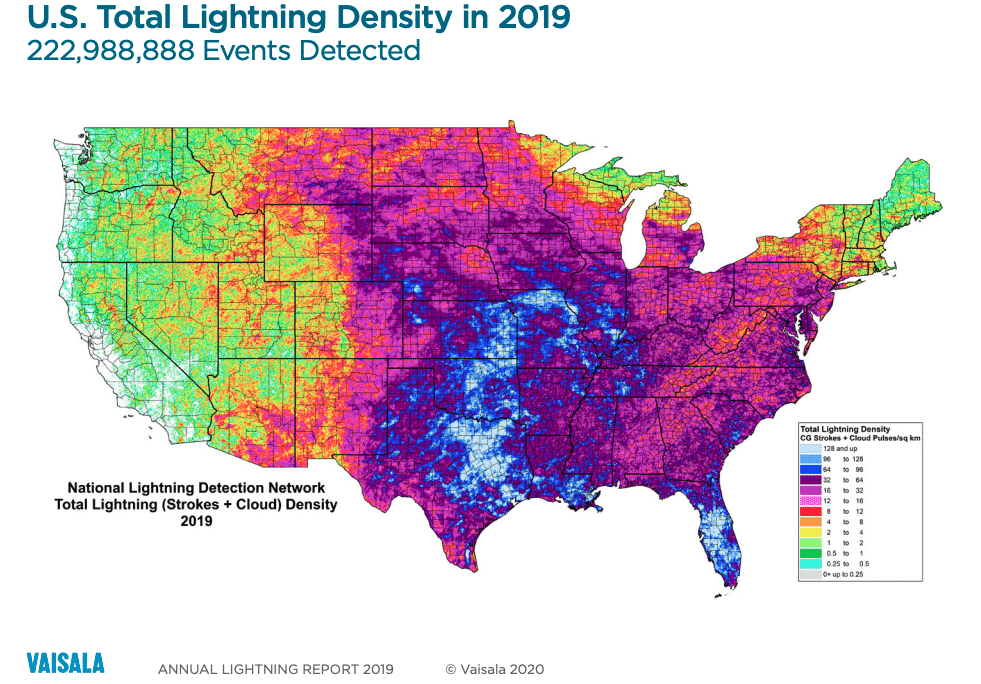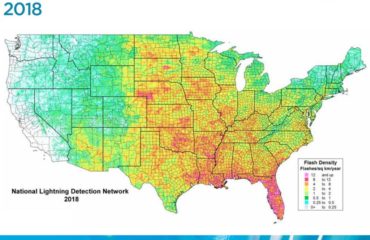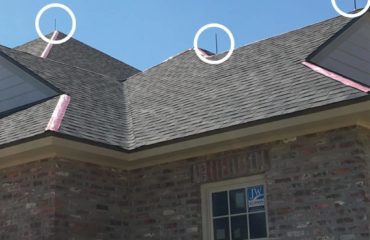
Vaisala, a global leader in weather and industrial measurements, once again released their annual lightning report. The report gives us a snapshot of overall lightning activity in the US. We reviewed the report and came up with 4 main takeaways that home and business owners should be aware of. Do you live in any of the areas mentioned below? If so, you’re at an increased risk of damage to your home or business from lightning.
Florida Remains The Lightning Capital Of The US
No surprise here as Florida remained in the #1 spot for overall lightning activity. The state came in 5th overall in total lightning strikes with 13,804,461 in 2019, but beat all states when it came to lightning density. Florida residents experienced 228 lightning events per square mile. It’s also important to note that 2019 was actually a calmer than average year for Florida, so a return to normal for 2020 would result in even more lightning activity.
Louisiana & Mississippi Combine To Make A Formidable Lightning Duo
Even with a slight dip in Gulf Coast lightning activity, Louisiana and Mississippi saw a significant amount of strikes in 2019. Louisiana saw 8,102,341 lightning events and ranked 5th in lightning density, while Mississippi experienced 5,879,270 and came in 10th in total density. Trends tell us to expect these numbers to increase back to average for the 2020 lightning season.
Oklahoma, Kansas, And Missouri Jumped In The Rankings
The central US area of Oklahoma, Kansas, and Missouri saw a big increase in lightning activity last year over previous years. Oklahoma jumped 3 spots to #2 in lightning density, Kansas went from #10 to #6, and Missouri jumped all the way to #3 without even being in the top 10 in 2018.
Central And East Texas Were Hit Hard By Lightning
Texas always ranks as the top state when it comes to total lightning events. Even with the state’s incredible landmass, it still ranked #4 in total lightning density though. Areas in East and Central Texas were especially hit hard. The huge population centers of Dallas, Houston, Austin, and San Antonio were directly in the path of heavy lightning storms.






